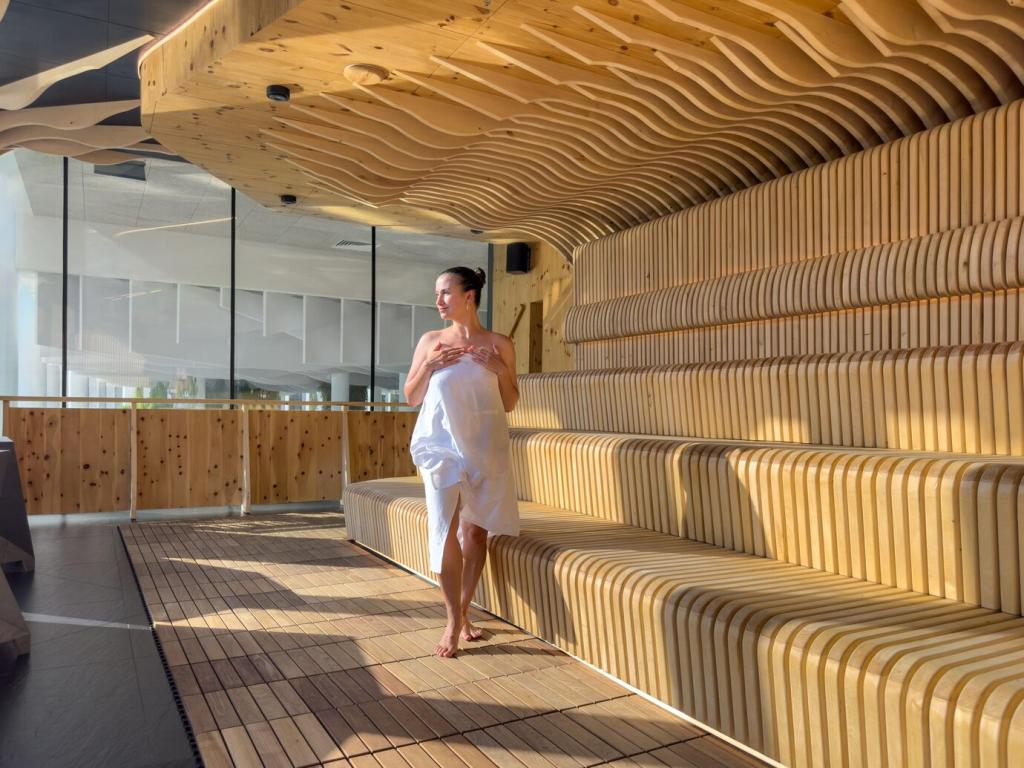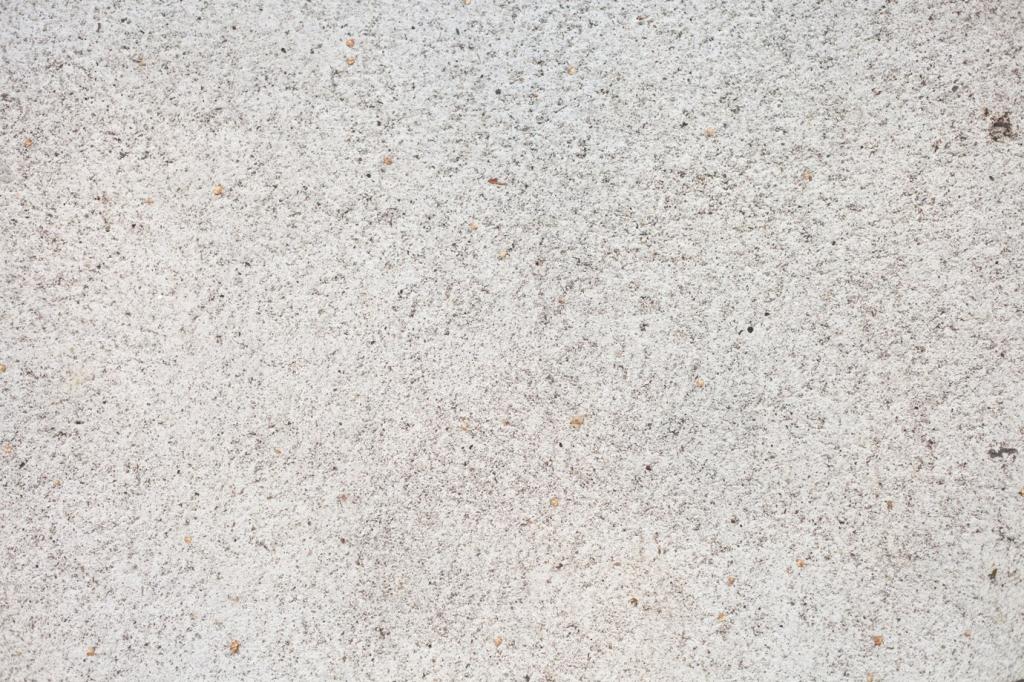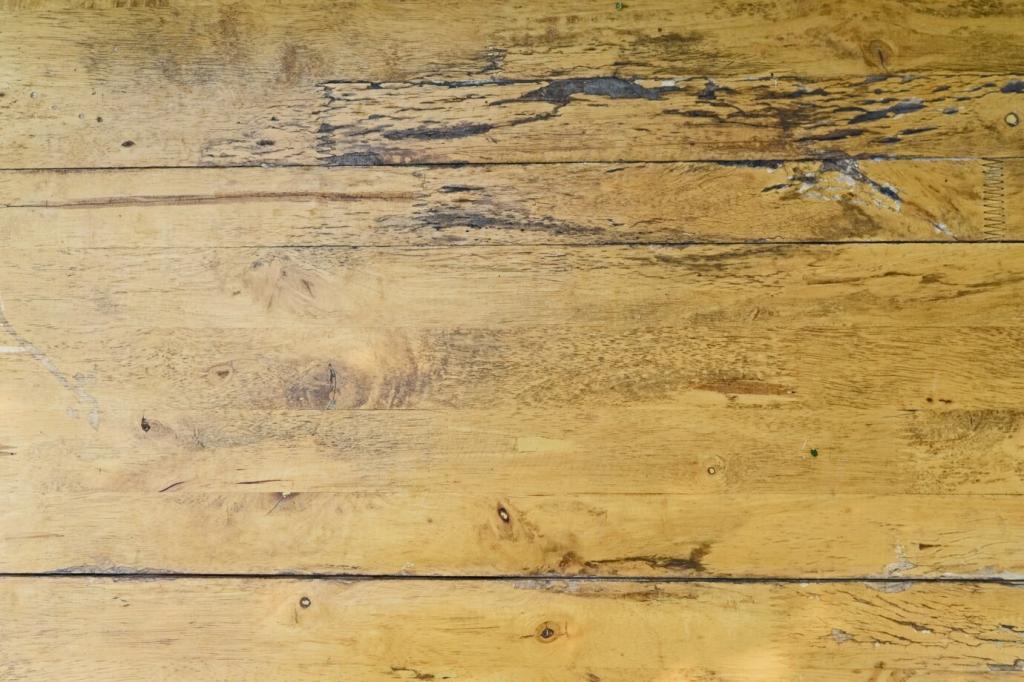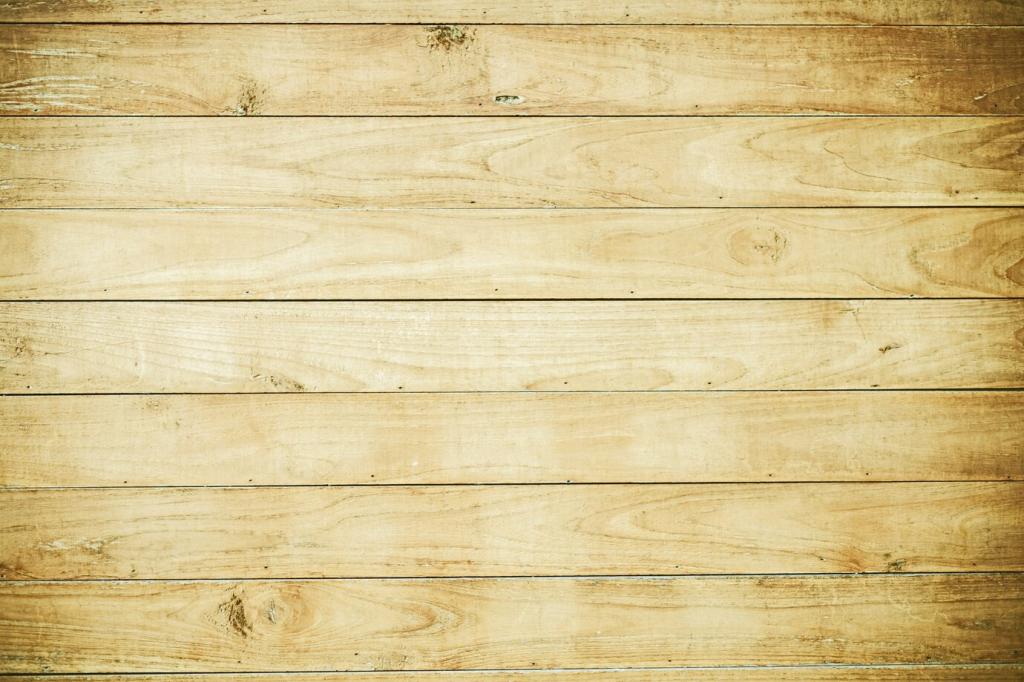Incorporating Nature in Home Design Spaces: Make Every Room Breathe
Biophilic Basics for Every Room
Daylight as a Design Material
Treat sunlight like a precious material. Map how it travels through your home, then place desks, dining tables, and reading nooks where it lifts mood and cuts energy use.
Natural Materials Palette
Create a tactile palette using oak, rattan, linen, jute, and clay. Each surface reflects light differently, dampens harsh echoes, and invites slower touch, grounding busy rooms with calm.
Plants as Co-Designers
Give plants roles: a monstera as sculptural anchor, trailing pothos to soften edges, herbs near the stove for aroma. Share your favorite plant placement ideas in the comments.

Windows, Views, and Ventilation
Arrange furniture so sightlines capture trees, sky, or courtyards. Even a modest street view benefits from layered planters and window boxes, building a living frame that changes daily.
Windows, Views, and Ventilation
Design openings on opposing walls to invite breezes. Use operable transoms, vented doors, and ceiling fans to move fresh air quietly, improving comfort while reducing reliance on conditioning.
Windows, Views, and Ventilation
Control glare without blocking nature. Layer sheer linen for softness, bamboo blinds for texture, and blackout panels for rest. Tell us which combinations feel best in your rooms.
Indoor Gardens That Thrive
Start with resilient stars: snake plant, ZZ plant, and pothos. They tolerate irregular watering, moderate light, and beginner mistakes, offering fast confidence while purifying air and softening corners.
Choose breathable terra-cotta pots, a chunky, well-draining mix, and saucers that prevent pooling. Water deeply, then wait. If leaves droop or yellow, adjust light exposure before changing schedules.
One reader revived a forgotten fern by moving it beside a cool bathroom window. Morning showers raised humidity, fronds unfurled again, and the space suddenly felt like a forest.

Nature-Inspired Color and Texture
Palettes Borrowed from Landscapes
Build palettes from places you love: riverstone gray, moss green, dune beige, twilight blue. These hues pair with warm woods, echo sunrise shadows, and never tire the eye.
Layering Texture for Touch
Contrast nubby linens with polished stone, matte limewash with smooth ceramics, woven seagrass with brushed metal. The hand wants to explore, and curiosity becomes a daily ritual.
Healthy, Sustainable Finishes
Select low-VOC paints, plant-based oils, and natural waxes. They deliver subtle scent, healthier air quality, and finishes that age gracefully, mirroring the patina of beloved outdoor paths.

Quiet Water Features
Introduce a small fountain or tabletop rill near entryways. Gentle water masks street noise, relaxes guests, and invites slower breathing. Share your maintenance tips and favorite discreet pump models.
Soundscapes That Soothe
Blend birdsong playlists with actual feeders outside the window. Hearing robins between emails calms pulse, aids focus, and reminds you to look up periodically for micro-rests.
Fresh Air and Natural Aroma
Open windows whenever outdoor air is healthy, and complement with simmer pots of citrus, cedar, and rosemary. Avoid synthetic fragrances that overwhelm senses and mask true freshness indoors.

Vertical Green Walls
Use wall-mounted planters, pocket systems, and trailing vines to pull the eye upward. Vertical greenery multiplies perceived space, hides imperfections, and adds cooling shade on bright surfaces.

Balcony as Habitat
Even a narrow balcony can host pollinator pots, a compact herb rail, and a shallow bird bath. Share photos, and tell neighbors how small habitats bring butterflies back.
